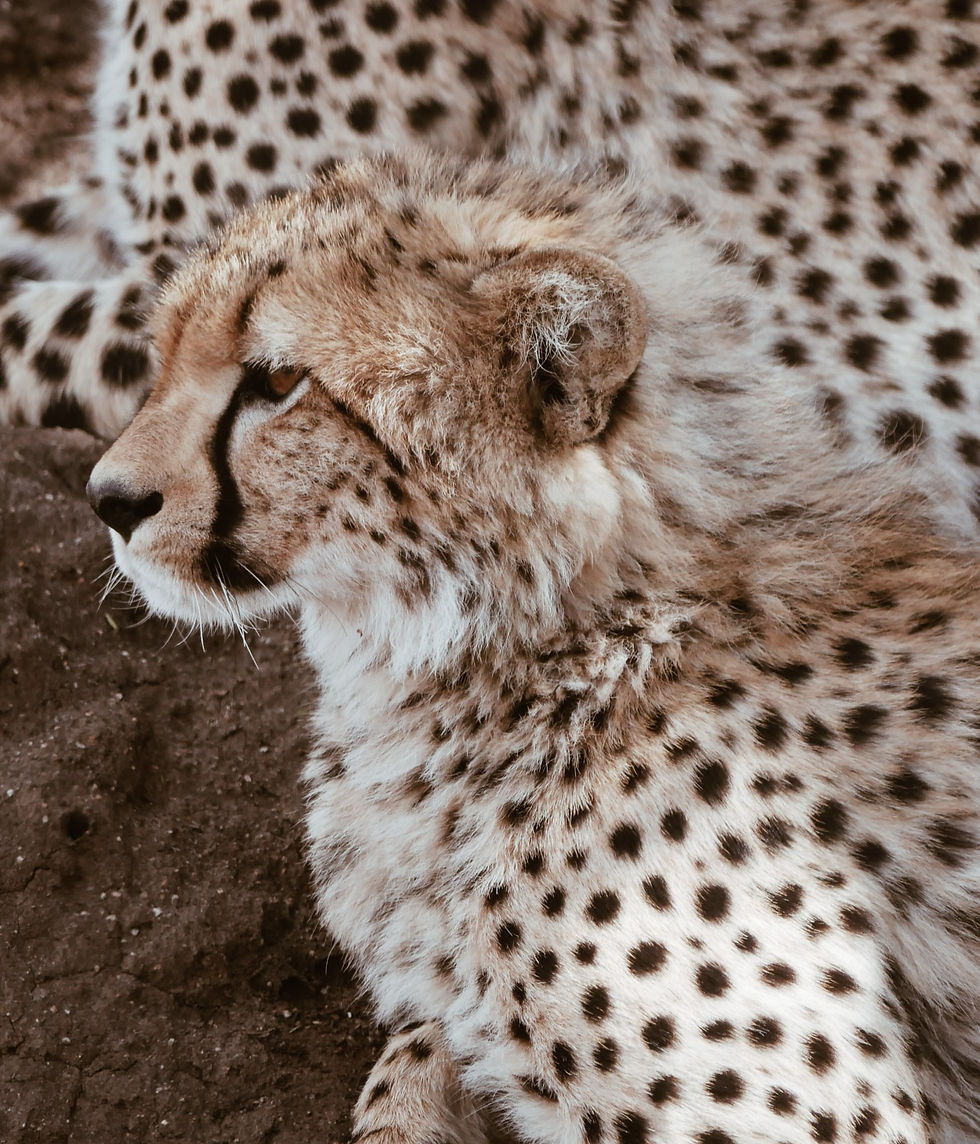India: Cheetahs to Return After 70 Years
- Emily Davies
- Jan 29, 2022
- 3 min read
Emily Davies reports on announcements that cheetahs will be reintroduced in India.
Photo by Maurits Bausenhart
In 1947, the last spotted cheetah in India died. In 1952, cheetahs were declared extinct in the country. However, State Forest Minister Vijay Shah has recently stated that cheetahs will be reintroduced to India at the Kuno National Park within a matter of months.
Cheetahs are considered vulnerable under the International Union for Conservation of Nature’s red list of threatened species, having a decreasing population of under 7000 found mainly in savannahs in Africa.
The Reintroduction Project
Minister Shah has announced that the cheetahs will be released into a protected area already containing a population of antelopes, chinkara (Indian gazelle), nilgai (large Asian antelope), wild boar, spotted deer and sambar (another type of deer). The Endangered Wildlife Trust of South Africa will be donating five males and three females to help the project.
This project will be India’s first international big cat reintroduction project. It will help the species survive long-term after being extensively hunted to the point that they no longer roam 90 per cent of their historical range.
However, the reintroduction is seen as controversial by some, as the African cheetahs are a different subspecies from those which lived in India natively until 1948. This type of cheetah is more petite, and could once be found roaming from Turkey to Iran, central Asia, Afghanistan, Pakistan and India.
Some wildlife experts are anxious that the species could bring alien disease to the country and threaten already fragile ecosystems, or even that there might not be enough space for them to thrive.
Why they are Endangered
Cheetahs were once found throughout Asia and Africa, but there are now listed as 'Vulnerable' by the International Union for the Conservation of Nature (IUCN) Red List of Threatened Species. There are various reasons for this population decline:
Loss of suitable habitats and lack of prey.
Animal trafficking and poaching (cheetahs are primarily smuggled into the exotic pet trade in the Gulf States).
Cheetahs don’t cope well in wildlife reserves as they are often shared with larger predators like lions and leopards. They compete for prey, and cheetah cub deaths can rise as high as 90%. Therefore, most cheetahs in Africa frequent private farmlands, which often leads to human conflict.
Farmers act fast to protect their livestock by trapping or shooting cheetahs, and as they hunt during the day, there are more run-ins with people.
Cheetahs also have a narrow gene pool, so one disease could eliminate an entire population. Only 31 populations remain, and 20 of these contain fewer than 100 cheetahs.
Effect on the Ecosystem
Protecting cheetahs can have an ecological benefit that may not immediately come to mind – preserving grasslands by controlling populations of the species which graze on them. In the years of 2005-2015, India lost 31 per cent of its grasslands, and 19 per cent of common lands such as grazing grounds and forests (primarily to industrialisation and agriculture).
This reintroduction project is also important because predators play an essential role in fortifying and balancing ecosystems, keeping their prey healthy by killing the weak, sick and old. Without cheetahs and other predators, savannah ecosystems would look very different, and the process of desertification would be accelerated.
It is yet to be seen whether this project will develop and fortify Indian ecosystems, or prove to be a misplacement of funds which could have been used elsewhere to address existing ecological issues.
We are a not for profit socio-ethical impact initiative advocating for topics that matter, whilst supporting wider planetary change and acknowledgement. Support our journalism by considering becoming an advocate from just £1.















Comments